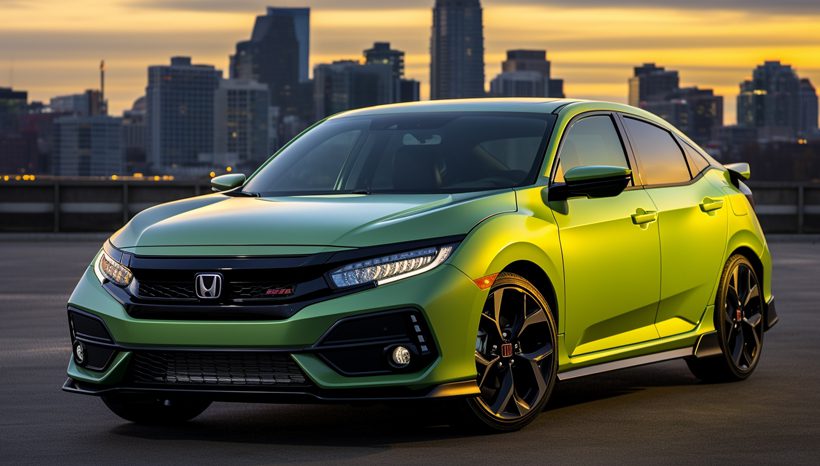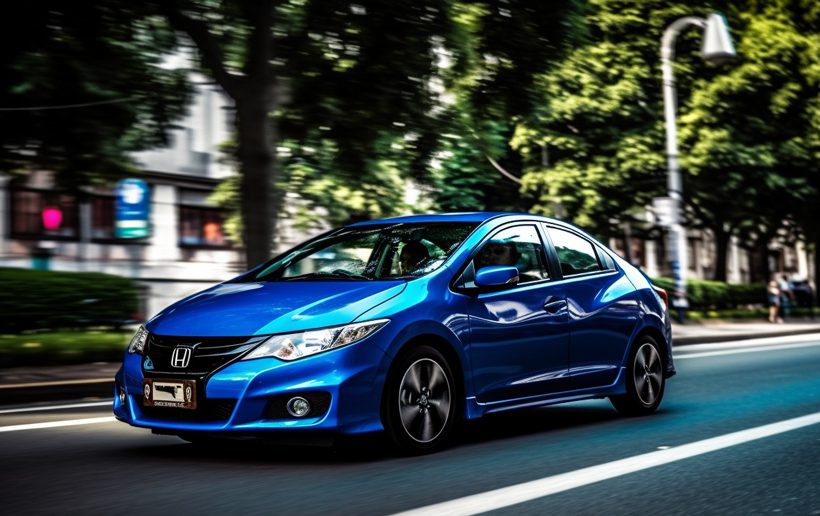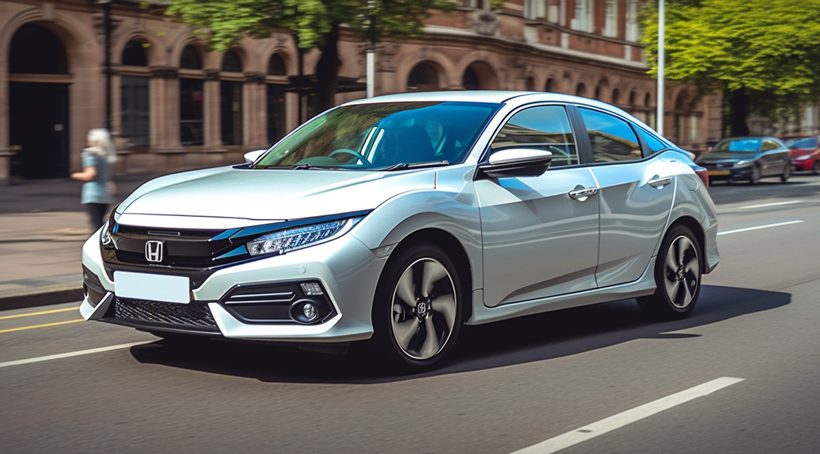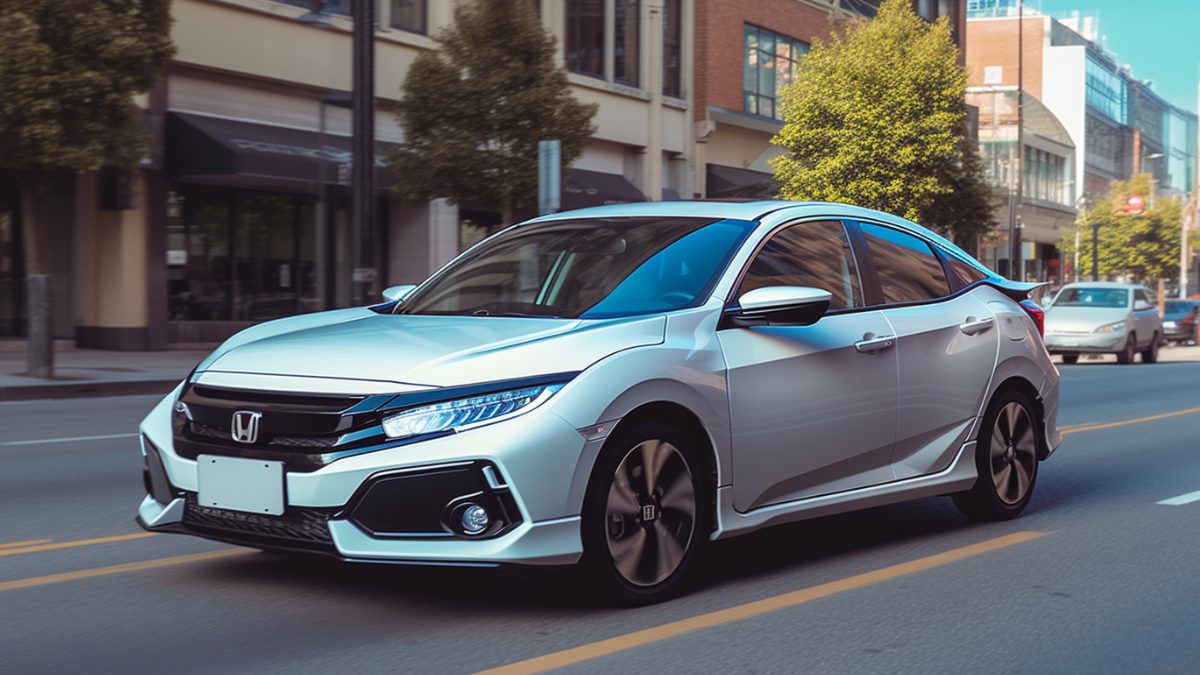How Long Can You Drive With Battery Light On? Is It Safe?
Suppose you’re driving to your office in the morning and notice that the battery light is on the dashboard. There can be multiple reasons why the battery light is on. But you are in the middle of the way to your destination.
Now, how long can you drive with battery light on? With this warning light, you can drive between 20 to 60 minutes, depending on the remaining charge on the battery. Generally, the battery light can turn on when there are problems with the battery, wires, or alternator.
After that, your car engine will stall. But what to do if you see the battery light on? Is it safe to drive with the battery light on? Read on to find the answer.
What Does Battery Light On Mean?
A car battery works by using electrolyte chemicals that help the battery produce electricity and charge itself. Automakers use a battery light feature to indicate any issues within the battery.
It’s usually located in your car’s dashboard, where most warning lights are included. Your car’s battery may illuminate for multiple reasons, such as dead battery, corroded wires, loose connections, alternator issues, etc.
So generally, the battery light on indicates that the battery isn’t charging or has failed to produce power to run the engine properly.
However, sometimes the battery light comes on after you start the car and turns off automatically within a minute. This situation is normal, and there is no need to worry about the battery function.
What Happens When The Car Battery Runs Out of Battery Life?
When the battery light turns on, you know that it indicates your car’s battery life is running out. If there’s no power stored in the battery, your car’s engine won’t turn on. In that case, you have to figure out the issue with the battery and fix it.

How Long Can You Drive with Battery Light On While Driving?
If the battery light is on while you’re driving and you still insist on driving, you won’t be able to drive much longer. Usually, the remaining battery power and the severity of the problem determine how far you can drive with the battery light on.
Generally, you can drive for around 30 minutes to 1 hour before the engine stalls.
In case there are issues with the alternator (it helps the battery to recharge) or serpentine belt, you may not be able to drive for more than 30 minutes.
Conversely, loose connections and corrosion also cause the battery light to come on but can keep the engine running longer. However, you have to figure out this problem and fix it immediately to prevent major issues.
Here’s a quick summary of the driving duration:
| Problems Behind Battery Light On | Driving Durations |
| Battery and charging issue | 30 to 60 minutes |
| Alternator or serpentine belt issue | 20 to 30 minutes |
| Loose wires and corrosion | Up to 1 hour |
Is It Safe to Drive My Car with The Battery Light On?
The battery light on but car runs fine, which may make you think it’s safe to drive with the battery light on. Even if your car appears to be operating fine, driving for a long time with the battery light on is generally not recommended.

Driving short distances with the lights on is possible but can cause significant problems down the road. Additionally, some other electrical components also rely on a fully charged battery and stable voltage regulation.
Driving extensively with an unaddressed charging issue increases the chances something could fail and cause an accident on the road. Thus, driving with the battery light on is unsafe.
Impacts of Driving with The Battery Light On
Here are some potential dangers that you will face if you keep driving with the battery light on –

Power Loss
If the battery charging system fails, the main effect of driving with the battery light on is total power loss. Ignoring the warning light can cause the battery to discharge all of its power.
Additionally, running an alternator with an underlying issue puts more stress on it. This can eventually cause the alternator to fail completely. As a result, your battery won’t be able to start the engine at all.
Besides, excessively draining the battery can shorten its life and may require an early replacement.
Affect Car’s Performance
Your car battery ensures the reliable implementation of the air conditioner, power steering, and engine. However, a defective battery decreases the performance of these components and makes it difficult to control and unsafe to drive.
Safety System Failure
Some safety features like power brakes, steering, or headlights rely on proper battery voltage to work functionally. Hence, a malfunctioning battery or charging system can compromise these safety features.
Compromised safety features can also increase the possibility of complete power loss and sudden accidents.
Electrical Elements Damage
A low or unstable voltage can damage sensitive electronics over time, for example, the alternator itself or the vehicle’s computer module. This can lead the alternator to work harder to charge a depleted battery, causing itself or the associated belt to overheat.
This overheating problem can affect batteries, voltage regulators, cables, etc., and cause premature damage due to excess heat.
What to Do If Battery Light Comes On While Driving?
Now, let’s talk about what to do when battery light comes on while driving. Here are some quick actions to take:

Test Voltage Level
You can check the voltage when you see the battery light illuminate on the dashboard. Have someone start the engine while you check the battery voltage with a multimeter. It should read over 12 volts.
If the voltage is below 12, it indicates that there is a charging issue or alternator issue. You should quickly drive to a safe place where you can diagnose the problem.
Inspect Serpentine Belt
Pull over your car in a safe place and inspect the serpentine belt. If you find it damaged or torn, you need to replace it as soon as possible. In case the belt is loose, consider securing it before driving.
Check Electric Connections to The Battery
Lift the hood and look at where cables attach to the battery posts. Ensure tight connections without rust or dirt. Clean and tighten connections if needed to fix the battery light on issue.
Drive to The Nearest Auto Repair Shop
If you notice the battery light is on while driving but don’t know what to do, drive straight to an auto repair shop within your quick reach. After the warning light, you can still drive your car for at least half an hour. Then, let the auto repairs fix the problem.
Cost of Fixing Battery Light
To fix it, you need to replace some parts or repair them. Generally, the required replacement and repair determines the cost of fixing the battery light on issue.

The entire process may cost between $100 to $1000, from inspection to fixing. Here’s an estimated calculation:
| Required Replacement | Approximate Rate |
|---|---|
| Battery | $100 to $600 |
| Battery Sensor | $80 to $250 |
| Alternator | $300 to $1000 |
| Serpentine Belt | $50 to $200 |
| Ground Strap | $30 to $100 |
FAQs
Here are some frequently asked questions by people:
No, this could leave you stranded due to total battery failure from lack of charging.
Yes, your car will start if there is any remaining charge on the battery. But don’t rely on it, as the charge level may be too low and can stall the engine at any time.
A fully drained battery is unable to recharge due to a damaged charging system. It causes a total shutdown of the engine while driving.
Conclusion
So now you know how long can you drive with battery light on. When you see the battery warning light is on, you should take action immediately as your car can stall anytime and anywhere.
If you don’t know how to inspect and diagnose this problem, the best solution is to get help from professionals. Ensure you repair the problem as soon as possible; otherwise, it may lead to an expensive repair.

